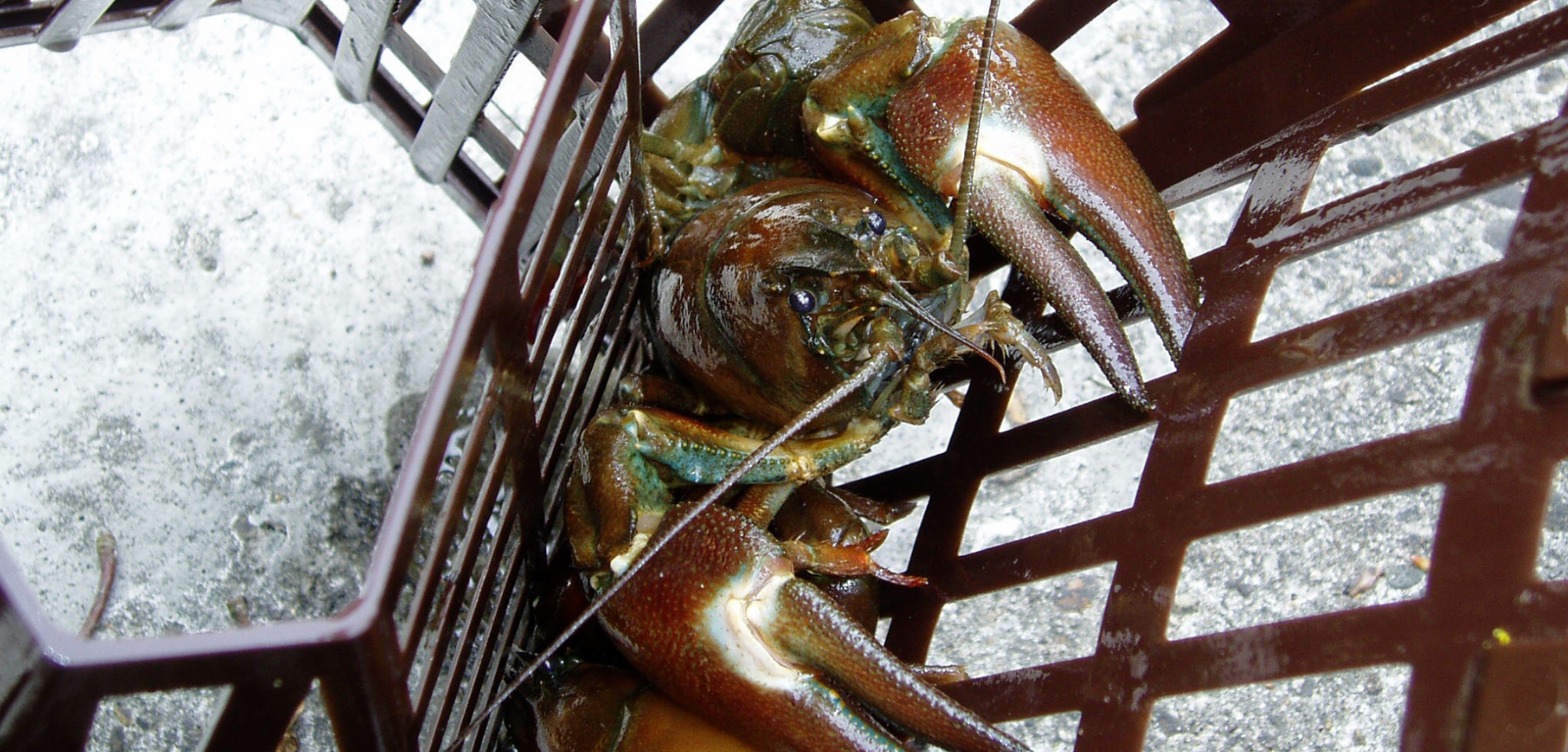The global economic costs of invasive aquatic crustaceans amounted to at least US$ 271 million

Invasive crustaceans –those introduced beyond their natural range– have been recognised as a severe threat with proven impacts on ecosystems, such as species extinction. Among the most notable invasive crustaceans, crayfish and crabs are often seen as the most damaging because of their size, pivotal role in ecosystems, and tolerance to different environments.
Although the ways in which invasive aquatic crustaceans arrive in new regions and their impacts have received greater attention in recent years, the monetary costs that these invasive species cause have gone largely unnoticed. An international research team, with members of institutions in the Czech Republic, Spain, Germany, the UK, the USA, Italy, and France, has compiled all existing published costs of invasive aquatic crustaceans.
The results of this study, recently published in the journal Science of the Total Environment, have identified the global costs of invasive aquatic crustaceans, and pointed out knowledge gaps. “The global economic costs of invasive aquatic crustaceans amounted to at least $271 million. That is approximately one euro for every citizen from Germany, France, Italy and Spain needed to pay for the damage caused by invasive crustaceans, and even that is a massive underestimation of the real costs”, says Dr. Oficialdegui, Postdoctoral Research from Doñana Biological Station in Seville, Spain.
Crayfish-related costs were mainly attributed to a single species and country (the signal crayfish in Sweden, US$ 116.4 million). However, this likely reflects gaps in reporting of economic costs elsewhere. In addition, other North American crayfish species, such as the red swamp crayfish, rusty crayfish and spiny-cheek crayfish, caused monetary costs, but to a lesser reported extent. Most crayfish-related costs (80%) were attributed to damages or resource losses, such as fisheries or agriculture.
Invasive crabs caused monetary costs mostly to North America (57%) and Europe (42%), mainly as a consequence of two crab species: the European green crab (US$ 86.4 million) and the Chinese mitten crab (US$ 62.9 million). These invasions mainly affected fisheries, authorities and stakeholders, with the vast majority of them related to damages and losses to resources again.
Further research is needed
“Surprisingly, only a few costs were allocated to the management (prevention, control, mitigation or eradication) of these invasive crustaceans. One of the causes of these knowledge gaps could be the benefits (commercial and recreational) provided, contributing to a higher perceived value of these invasive species. This, in some ways, may lead to limited recognition of costs (especially indirect costs), as well as limited interest in understanding impacts” emphasises Dr. Kouba, Associate Professor at University of South Bohemia in České Budějovice in Czech Republic. Overall, high levels of damage costs mean that greater management is urgently needed to prevent and control future and current invasions.
Dr. Cuthbert, one of the co-lead authors on the study and Postdoctoral Research Fellow from Queen's University Belfast said: “Although a great deal of effort has been made to compile costs of invasive crustaceans, the gaps in reported costs at taxonomic (many known invaders have no reported costs), geographic (Asia, Africa, South America or Oceania are virtually absent), and temporal scales (most costs occurred in the 21st century) suggest that the monetary costs reported here are highly underestimated.
"This highlights the need for further reporting of costs in these taxonomic groups to assess better the true magnitude of the monetary costs caused by invasive crustaceans, as many costs have not yet been quantified and published.”
Media
For media inquiries please contact comms.office@qub.ac.uk